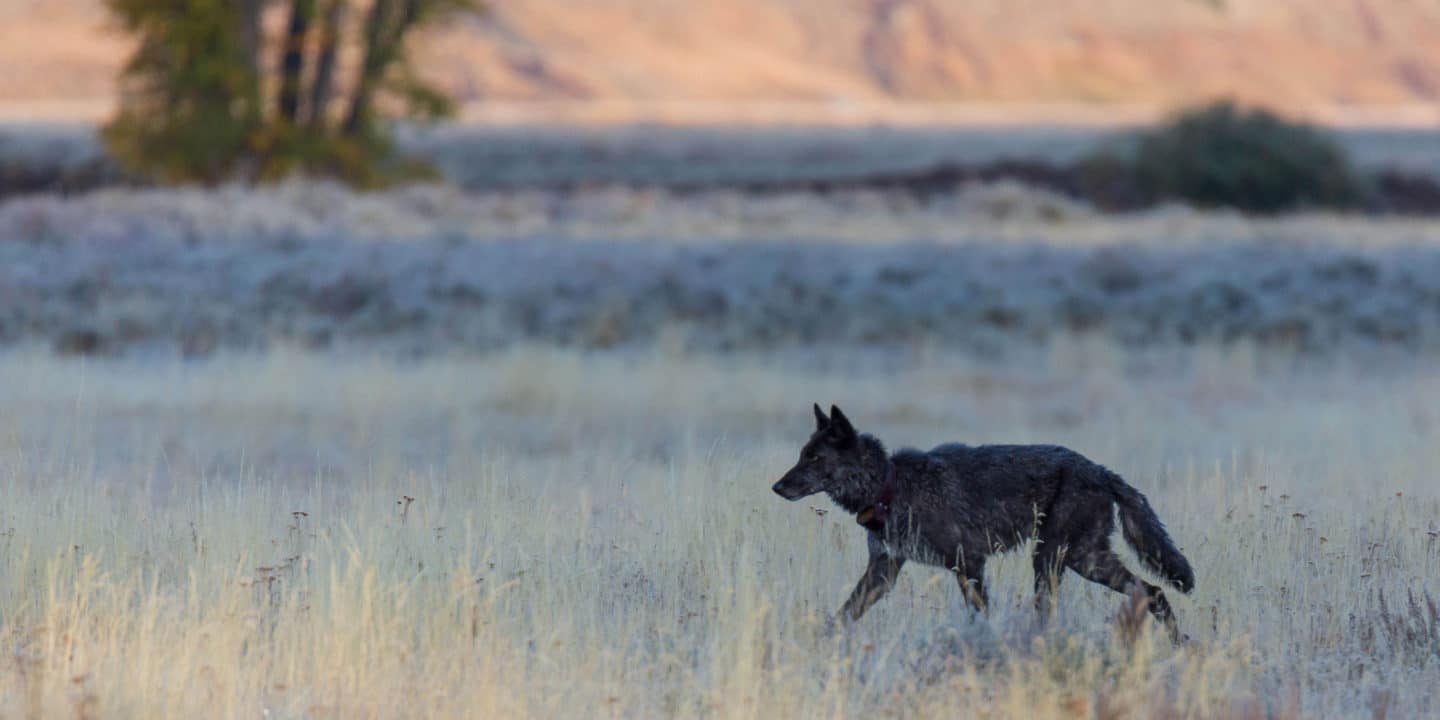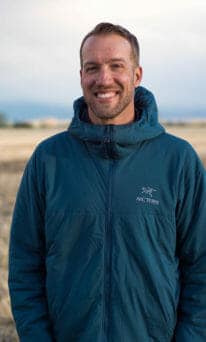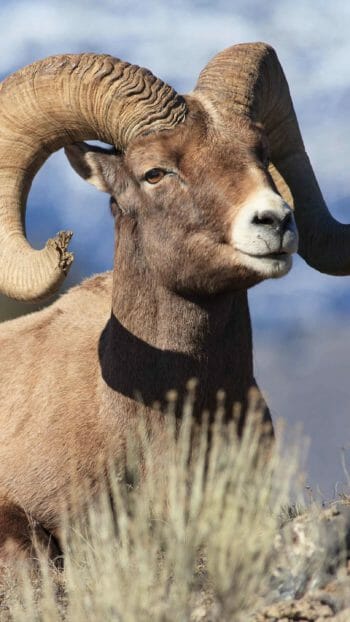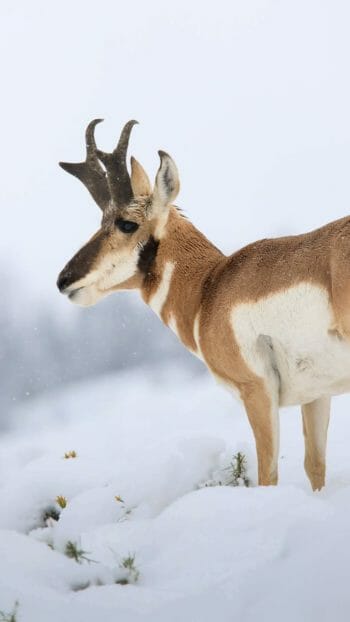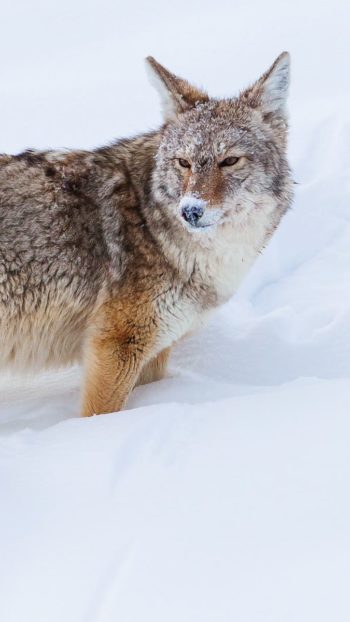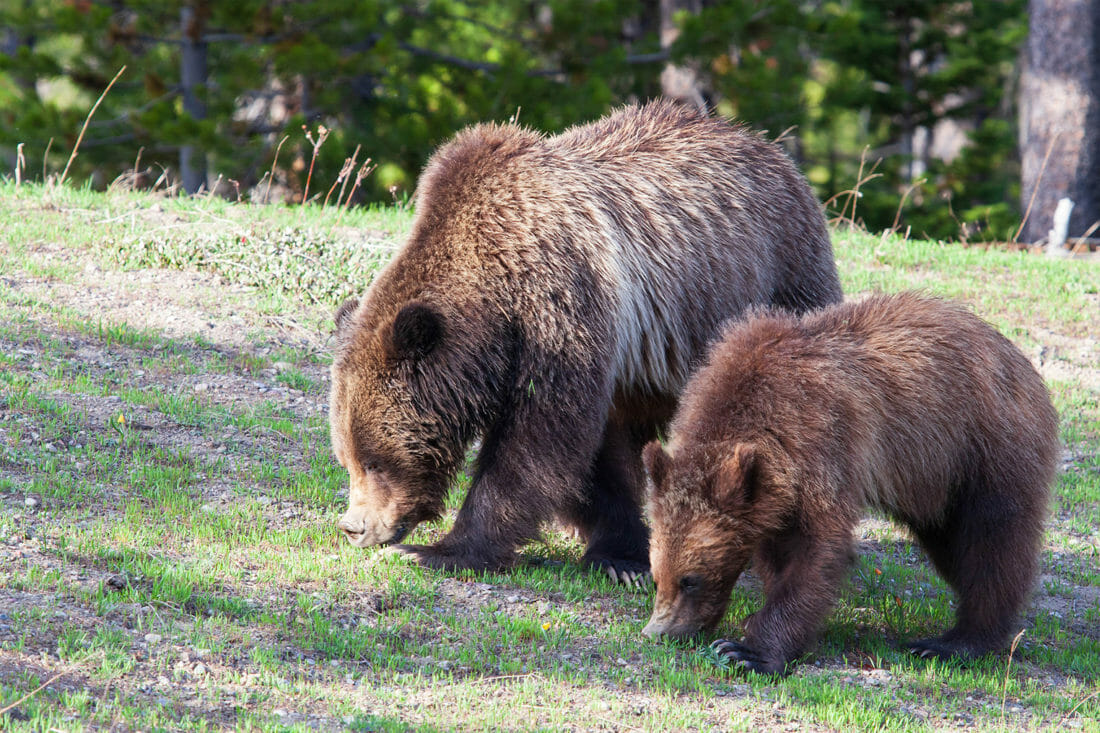
At it’s simplest, Yellowstone’s Northern Range stretches from the park’s North Gate to the Northeast Gate, running along approximately 60 miles of roadway, but a deeper investigation into this expansive terrain reveals the details of a domain that extends beyond the boundaries of the Yellowstone National Park and that highlights a beautiful complexity of both life and landscapes.
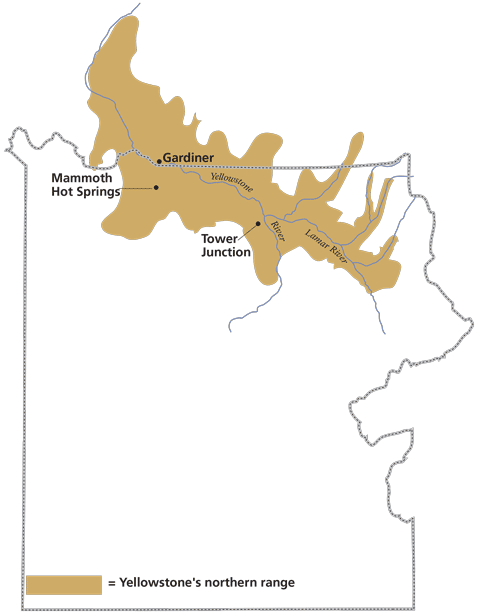
Yellowstone National Park is enormous, over 2.2 million acres in size, sprawling across a rolling volcanic plateau. The park comprises a vast scattering of lakes, rivers, waterfalls, mountains, valleys, meadows, and more geothermal vents than anywhere else on Earth. It also has a lot of trees, millions and millions of trees. In fact, roughly 80% of Yellowstone is forested. Veritable seas of lodgepole pines, douglas firs, quaking aspens, and other towering trees that, while serving as invaluable wildlife habitat, limit our views of the abundant animals that scamper throughout this precious temperate woodland. The forests taper off in the Northern Range though, and we enter a spacious grassland ecosystem that supports & sustains animals ranging from minuscule meadow voles to bellowing behemoth bison, and much, much more. The views are vast throughout the Northern Range, and the sights are absolutely spectacular.
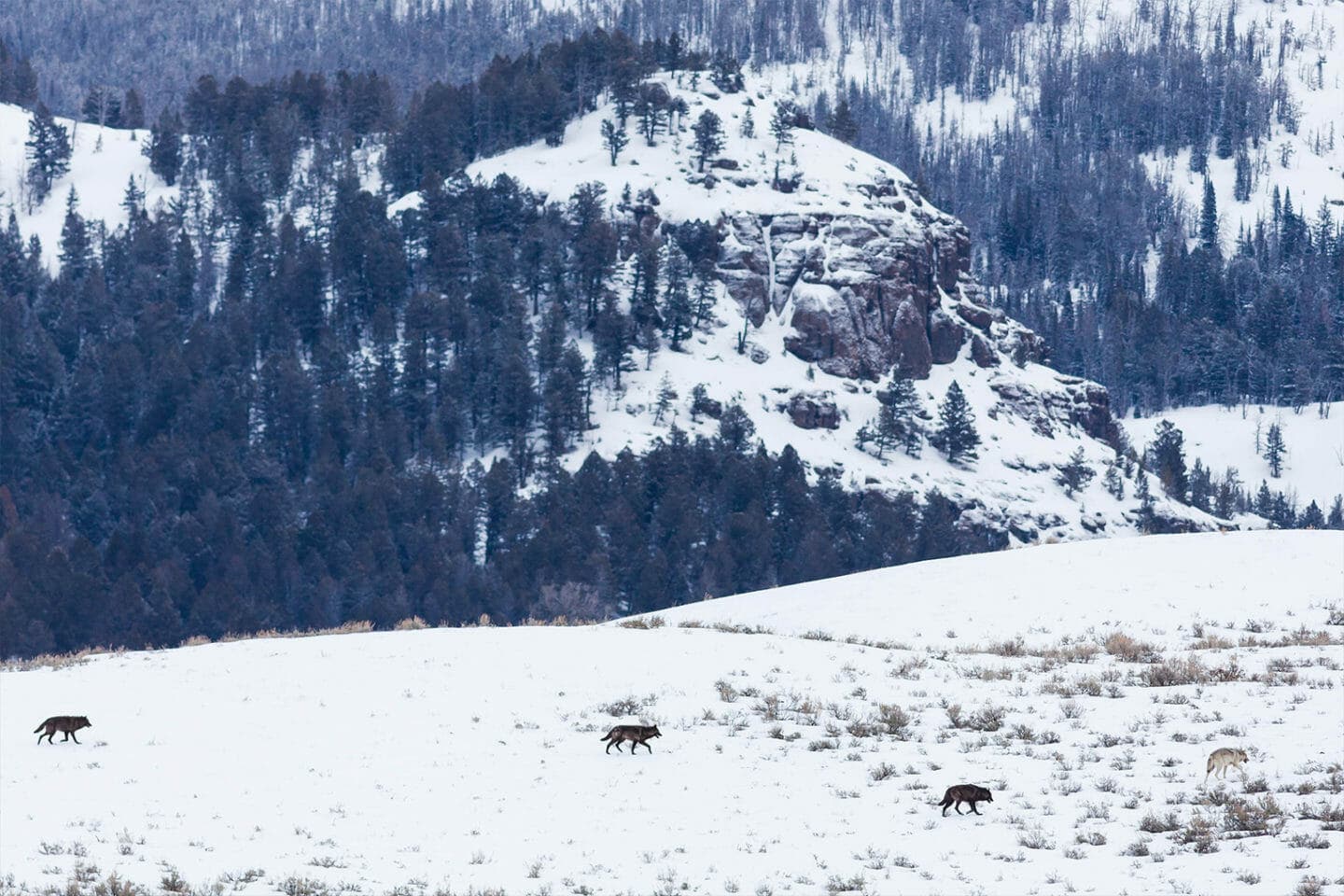
The term “Serengeti” is a Maasai word that translates roughly into “endless plains”. America’s Great Plains, stretching from Montana to the Dakotas and down through Texas, are a more fitting comparison to this type of habitat than the undulating hills and mountains of the Greater Yellowstone Ecosystem. These Great Plains used to support an abundance of wildlife that rivaled what we now see in Eastern Africa. As our collective human impacts took their toll on America’s wildlife populations through the late 1800’s, a ~50 mile long channel of grass funneled the remnants of America’s Great Plains’ wildlife refugees into our country’s first National Park. Paradise Valley, and the Gardiner Basin to the south, allowed bison, elk, pronghorn, wolves, grizzly bears, and other Great Plains species to extend their range into the safety of the mountains, and specifically into the grassy expanse of Yellowstone’s Northern Range.
The Northern Range is not just America’s comparative version of something or somewhere else, it is quintessentially and uniquely American, and it is only found here in Yellowstone.
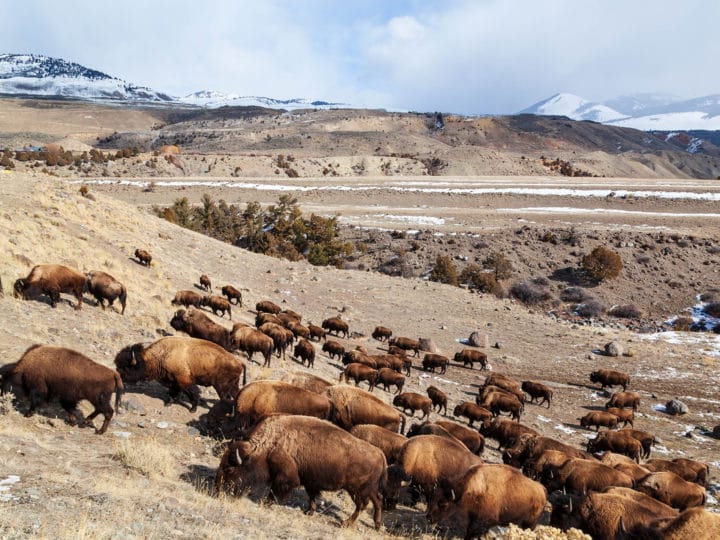
The Northern Range is home to more wildlife than anywhere else in the park, and potentially more wildlife than anywhere else on the continent. Yellowstone is currently home to more than 6000 bison, our continent’s largest land animal, and roughly two-thirds of these gargantuan grazers live in the Northern Range. Yellowstone National Park is the best place in the world to see wild wolves, averaging between 8-11 resident wolf packs, and five of those wolf packs have territories extending throughout the Northern Range. The Northern Range is home to Yellowstone’s largest elk herd, the majority of the National Park’s cougars, bighorn sheep, and deer, and 100% of the park’s pronghorn population. In fact, all of Yellowstone’s diverse mammal species reside within this relatively small region of the park, and we haven’t even begun to mention all of the birds, reptiles, amphibians, and fish that are also prolific here!
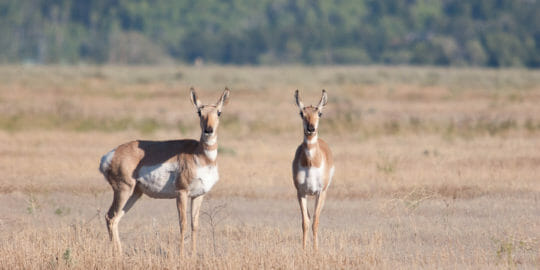
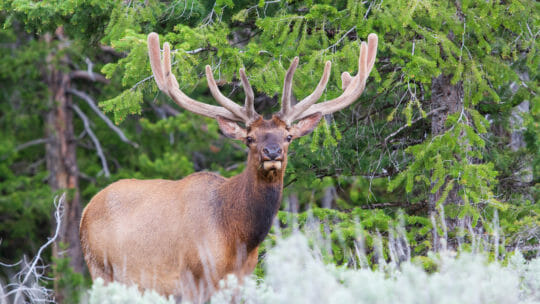
If all of that isn’t impressive enough, the Northern Range also features the magnificent Mammoth Hot Springs, one of Yellowstone’s most unique geothermal areas. On both our summer safaris and winter safaris, no tour is complete without a visit to these extraterrestrial-looking travertine terraces. Just as Paradise Valley channeled wildlife to the Northern Range, an expansive fault system channels geothermal energy from the Yellowstone super volcano northwards to Mammoth Hot Springs. These colorful fountains give us a peek into a geological timeline dating back millions of years. An equally important history can be explored at Fort Yellowstone, part of the Mammoth Hot Springs Historic District, which includes some of Yellowstone’s oldest buildings with construction dating back to the 1890’s.
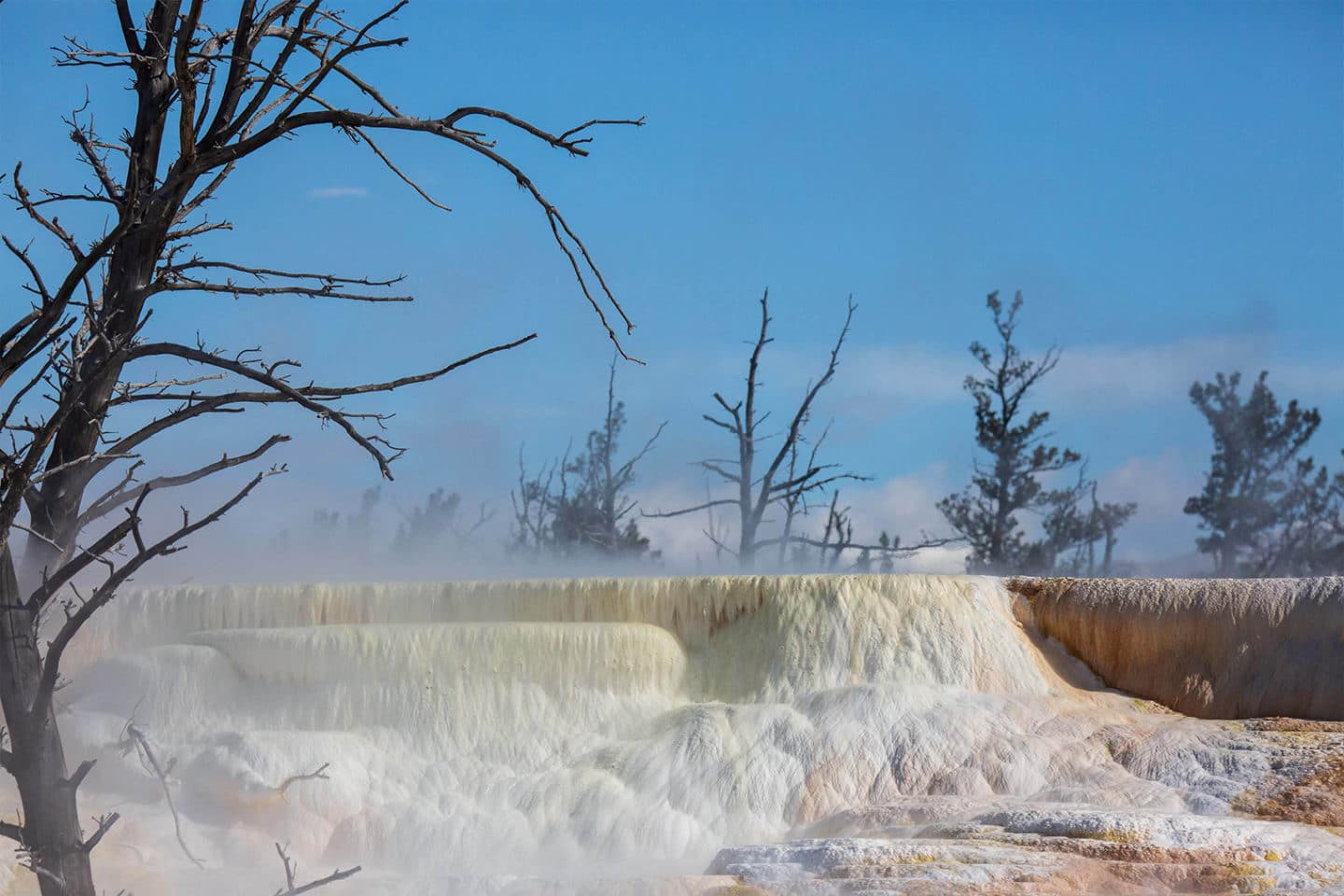
I fully understand and appreciate the comparisons between Yellowstone’s Northern Range and the African Serengeti, since both areas represent the unparalleled wildness found on their respective continents. And even though it is undoubtedly a nickname that carries significant veneration, referring to the Northern Range as “America’s Serengeti” has never felt entirely appropriate to me. This is not an area of “endless plains,” it’s much more than that. It’s more than just boundless grasslands, it’s more than just immense mountains, it’s more than just plentiful wildlife populations, it’s more than just remarkable geology, and it’s more than just interminable history. The Northern Range is not just America’s comparative version of something or somewhere else, it is quintessentially and uniquely American, and it is only found here in Yellowstone.

